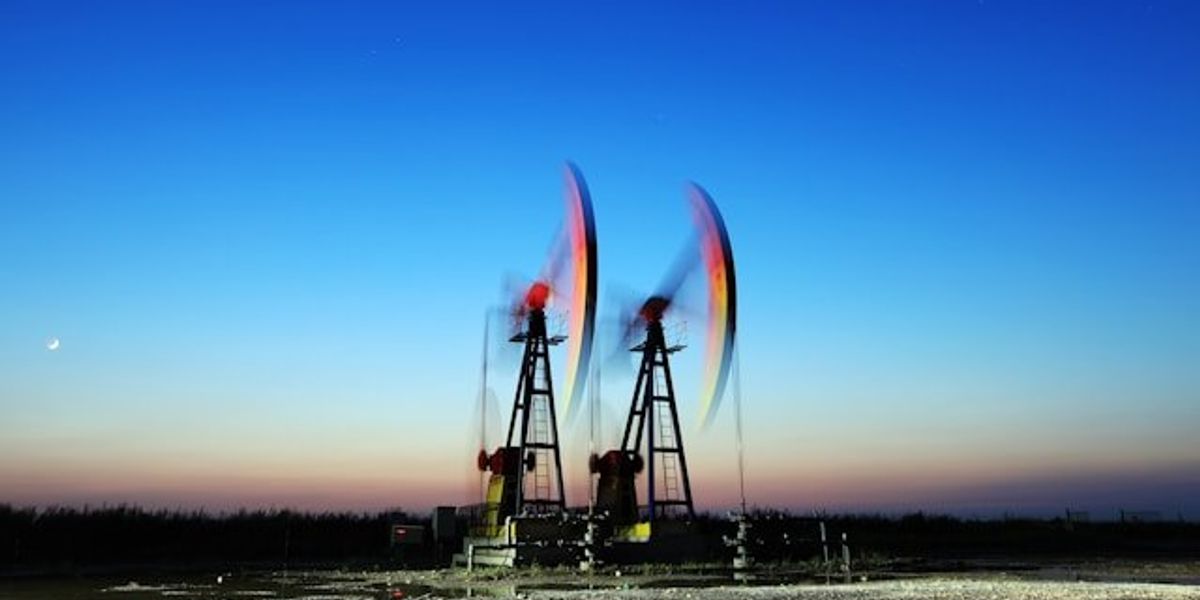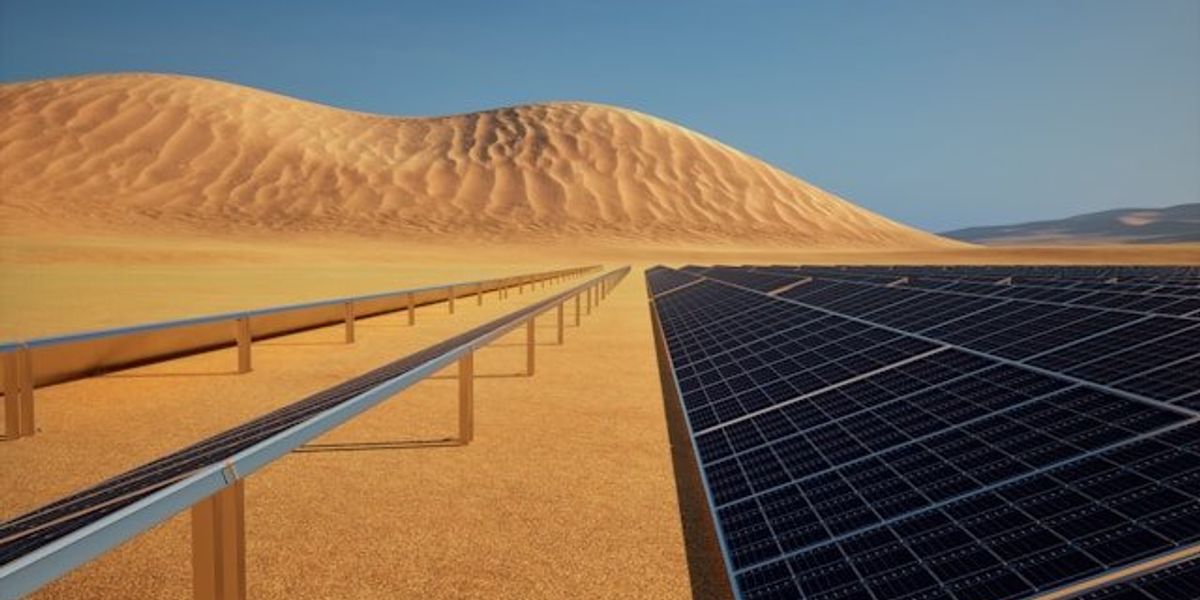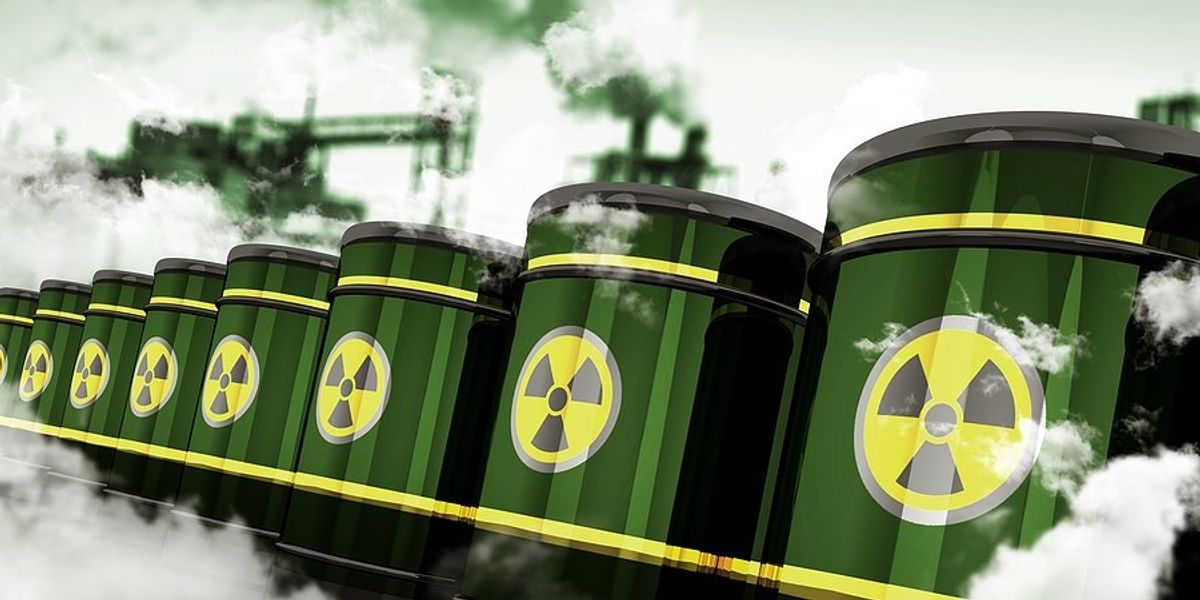
Rising temperatures could sharply increase heart disease risks by 2050
Extreme heat is already responsible for a significant share of heart disease cases in Australia, and new research predicts that without emissions reductions, the burden could double or even triple by mid-century.
Annika Burgess reports for ABC News.
In short:
- A study published in the European Heart Journal found that heat-related cardiovascular disease accounts for 7.3% of Australia’s heart disease burden.
- If greenhouse gas emissions continue unchecked, the number of healthy life years lost due to heart disease could increase by over 180% by 2050.
- Researchers emphasize the need for adaptation strategies, such as urban cooling and public health campaigns, to reduce risks.
Key quote:
"When the weather is hot, our hearts have to work harder to help us cool down. This added pressure can be dangerous, especially for people with cardiovascular disease."
— Peng Bi, professor of public health and environmental medicine, University of Adelaide
Why this matters:
As global temperatures rise, heatwaves are becoming both more frequent and severe, placing unprecedented stress on the human body. The heart, in particular, bears the burden as it works harder to regulate body temperature, a strain that can be life-threatening for individuals with cardiovascular conditions. The risks, however, are not evenly distributed. Older adults, young children, outdoor workers, and those in low-income communities face the greatest danger. Many live in areas with limited access to air conditioning, green spaces, or cooling centers.
The implications for public health are profound. Emergency rooms already see spikes in cases of heat exhaustion and heatstroke during hot spells, and experts warn that hospitals may struggle to keep pace as heatwaves grow more intense. As climate change continues to accelerate, the pressure on health systems will increase, demanding new strategies to prevent a surge in heat-related illnesses and fatalities.
Related: LISTEN: Daniel Carrión on the "heat stroke or go broke" dilemma













